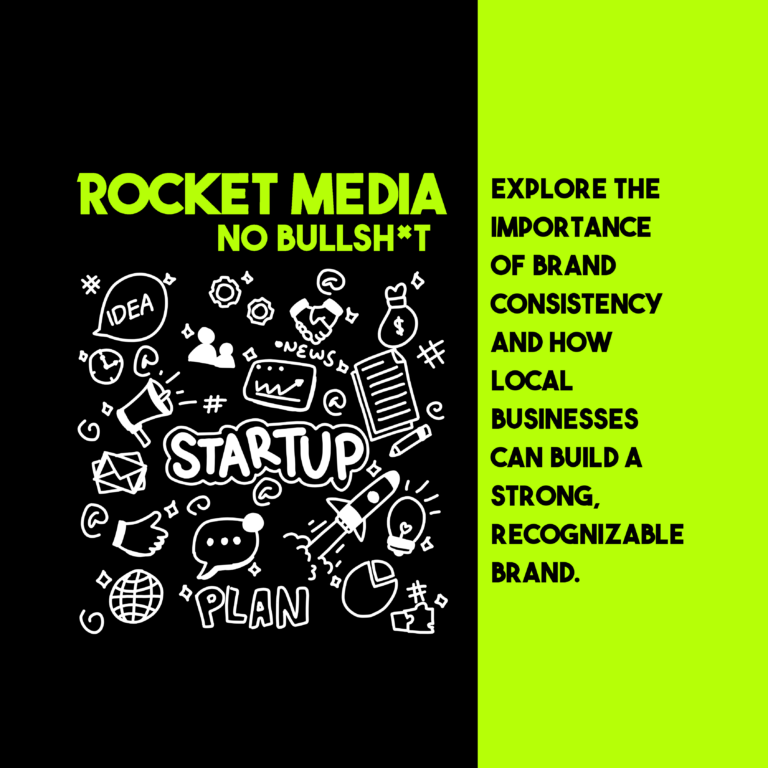Introduction
Importance of Media Relations
Media relations isn’t just a tactic or a strategy; it’s a relationship that’s nurtured over time. Just like personal relationships, it requires a deep understanding of the needs and expectations of both parties. When done right, it can result in invaluable exposure that can’t be bought with advertising dollars.

The Changing Landscape
In today’s fast-paced, 24/7 news cycle, organizations can’t afford to ignore media relations. The lines between traditional and digital media are increasingly blurred, requiring a more dynamic and responsive approach. With the rise of citizen journalism and social media influencers, anyone with a large following can impact a company’s reputation.
What is Media Relations?
Definition
Media relations is the cultivated partnership between businesses or organizations and the media, for the purpose of reporting and disseminating news or information. It goes beyond mere press releases; it’s an ongoing dialog.
Public Relations vs. Media Relations: A Deeper Dive
Public relations manage all forms of communication between an organization and its various publics—employees, investors, customers, and others. Media relations hones in on the relationship with the media specifically, serving as a bridge between the organization and public through the media.
Why Media Relations Matter
Business Impact
Well-executed media relations can result in free media coverage, leading to heightened brand visibility, better organic search rankings, and enhanced credibility. This often manifests in tangible ways, such as increased customer inquiries, higher website traffic, or even a stock price jump for public companies.

Public Perception
If the media perceives a company in a positive light, that sentiment is often transferred to the general public. Furthermore, the credibility of appearing in respected media outlets can often outperform even the best-crafted advertisement.
Types of Media
New Media
Emerging media types like podcasts and digital-only news outlets are becoming more critical players in the media landscape, offering targeted ways to reach niche audiences. Think about what your target audience would like to see from your brand.
Digital Media
SEO and link building are increasingly becoming important aspects of digital media relations. Link building and SEO show potential customers and clients just how relevant you are. With better SEO and link building, you can build your relevancy and therefore your client/customer base.
Social Media
The interactive nature of social media platforms allows for immediate feedback and engagement, offering an unparalleled opportunity to gauge public sentiment in real-time. Social media can really help you gain and retain customers by being able to interact with them online in real-time.

Identifying the Target Audience
Why Audience Matters
The more you know about your target audience, the more precisely you can tailor your media pitches, thereby increasing the odds of gaining media coverage.
Setting Media Relations Goals
Alignment with Business Goals
It’s crucial to align media relations goals with broader business objectives, like increasing market share, for a unified strategy.
Tactical Objectives
These are the specific, day-to-day activities that help achieve the broader objectives and could range from sending out a certain number of pitches per week to gaining coverage in specific types of media.
Creating a Media List
What Not to Do
Avoid generic, mass emails to a long list of journalists. Not only are they ineffective, but they can also tarnish your reputation.

The Value of Research
It pays to research each journalist’s beat, past stories, and interests. This helps in crafting a pitch that’s more likely to get noticed.
Crafting the Perfect Pitch
Subject Line Matters
The subject line of your email could make or break your pitch. It has to grab attention but also convey the essence of your story.
Timing is Everything
Understanding the best days to send pitches, or when journalists are on deadlines, can also influence the success of your pitch.
Press Releases
Multimedia Elements
In today’s digital age, incorporating images, videos, or infographics can make your press release stand out.

Follow-ups and Relationship Building
Don’t be a Pest
There’s a fine line between a gentle nudge and being annoying. The key is to follow up in a way that adds value to the journalist.
The Long Game
Media relations is not a one-and-done effort. Building trust with journalists pays off in the long term, often leading to them seeking you out for expert opinions or insights in the future.
Measuring Media Relations
Qualitative Measures
Besides quantitative metrics like impressions or engagement rates, qualitative measures like sentiment analysis can provide valuable insights.
Analytics and ROI
Cost-Benefit Analysis
Sometimes the benefits of media relations aren’t directly measurable in dollars but offer value in terms of brand equity or reputation management.
Media Relations During a Crisis
The Need for Speed
During a crisis, quick, transparent, and honest communication is essential. The longer it takes to respond, the more control you lose over the narrative.
Unforeseen Benefits
Sometimes, the perks of good media relations manifest in unexpected ways, like an unsolicited endorsement from a respected journalist or media outlet.

Pitfalls and How to Avoid Them
Common mistakes in media relations can often be averted by simply keeping the lines of communication open and maintaining good relations even when there’s no immediate story to pitch.
Media Relations Ethics
Transparency and Accountability
Honesty isn’t just a moral imperative; it’s a crucial aspect of effective media relations. Transparent communication fosters trust among all stakeholders involved.
Balancing Commercial Interests
While the primary goal of media relations is to promote a business or initiative, it’s important to balance commercial interests with public interest, ensuring ethical considerations aren’t compromised.
Role of Social Media
Influencers vs Journalists
Social media has led to the rise of influencers, who often have as much reach as traditional journalists. Understanding the different approaches needed for each can be vital.
Direct Communication with Audiences
Social media allows organizations to speak directly to their audience, bypassing the media. This has both advantages and challenges that need to be navigated carefully.
Media Relations in Crisis Management
Preparation is Key
Having a crisis management plan that includes media relations is not just advisable; it’s essential. When a crisis hits, the media will be one of the first to scrutinize your actions.

Speed vs Accuracy
In a crisis situation, both the organization and the media want to get information out quickly. However, speed should never compromise accuracy.
Strategies for Effective Media Relations
Long-term Relationships
Building long-term relationships with media professionals can yield dividends. A one-off press release is less effective than a sustained, meaningful interaction over time.
Using Multimedia Effectively
In this digital age, media is not just about the written word. Videos, infographics, and podcasts are increasingly important mediums that require different skill sets.
Media Relations for Non-profits
Balancing Act
Unlike for-profit organizations, non-profits have to balance their media activities with a range of stakeholders including donors, volunteers, and the communities they serve.
Human Stories over Metrics
For non-profits, the emphasis in media relations often shifts from financial metrics to human impact stories that emotionally resonate with the audience.

Emerging Media Platforms
Audio Platforms
With the rise of platforms like Clubhouse, the audio medium is gaining importance. How can organizations leverage this?
Blockchain and Media Relations
Blockchain technology could revolutionize how we consume media and verify information. What does this mean for future media relations?
Measuring Success in Media Relations
Key Performance Indicators (KPIs)
It’s crucial to have measurable goals for your media relations activities. KPIs can range from media impressions to the quality of the coverage.
ROI and Budgeting
Media relations is often seen as a cost center, but its value can and should be quantified. This can justify budget allocations and guide future strategies.

Conclusion
Holistic Approach
Media relations is no longer a standalone function but should be integrated into a holistic marketing and communications strategy.
The Everchanging Landscape
As we navigate the rapidly changing landscape of media and technology, adaptability will be key. Whether you’re a business leader, a communications professional, or someone interested in the field, understanding the evolving dynamics of media relations is crucial for success.
It’s a Two-Way Street
Successful media relations require understanding and meeting the needs of journalists and editors, not just using them as a channel to spread your message.
Consistency is Key
Like any relationship, the one with the media requires consistent effort and nurturing.
The Ever-Changing Media Landscape
As media continues to evolve, so should your strategies. Keep learning, adapting, and building those relationships for long-term success.


